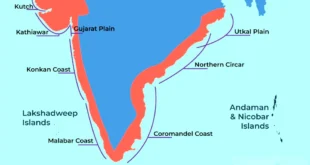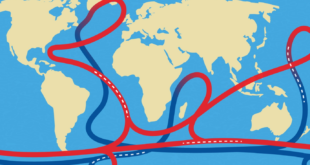Recently, Archaeological Survey of India (ASI) carried out excavations at two prominent sites of Chalcolithic affiliations in Central India (Eran, district Sagar and at Tewar, district Jabalpur) in the state of Madhya Pradesh.
Important points:
- The end of the Neolithic period saw the use of metals. Several cultures were based on the use of copper and stone implements.
- Such a culture is called Chalcolithic and as the name indicates, during the Chalcolithic (Chalco = Copper and Lithic = Stone) period, both metal and stone were utilised for the manufacture of the equipment in day-to-day life.
- The Chalcolithic cultures followed the Bronze Age Harappa culture.
- It spanned around 2500 BC to 700 BC.
- The Chalcolithic culture of a region was defined according to certain salient features seen in ceramics and other cultural equipment like copper artefacts, beads of semi-precious stones, stone tools and terracotta figurines.
Characteristics:
- The people were mostly rural and lived near hills and rivers.
- The people of Chalcolithic Age survived on hunting, fishing, and farming
- Regional differences in social structure, cereals and pottery become visible.
- Migration and diffusion of population groups were often cited as causes for the origin of different cultures within the Chalcolithic period.
- Since this was the first metal age, copper and its alloy bronze which melt at low temperature were used for the manufacture of various objects during this period.
- The specialty of the Chalcolithic culture was wheel made pottery mostly of red and orange colour.
- Different types of pottery were used by the people of the Chalcolithic phase. The Black-and-Red pottery among them was quite common.
This excavation at the site also revealed the remains of Chalcolithic culture with four major periods i.e.
- Period I: Chalcolithic (18th -7th BCE),
- Period II: Early historic (7th– 2nd century BCE & 2nd century BCE – 1st century CE),
- Period III: 1st – 6th century CE
- Period IV: late mediaeval (16th – 18th century CE).
SOURCE: THE HINDU,THE ECONOMIC TIMES,MINT
 Chinmaya IAS Academy – Current Affairs Chinmaya IAS Academy – Current Affairs
Chinmaya IAS Academy – Current Affairs Chinmaya IAS Academy – Current Affairs



